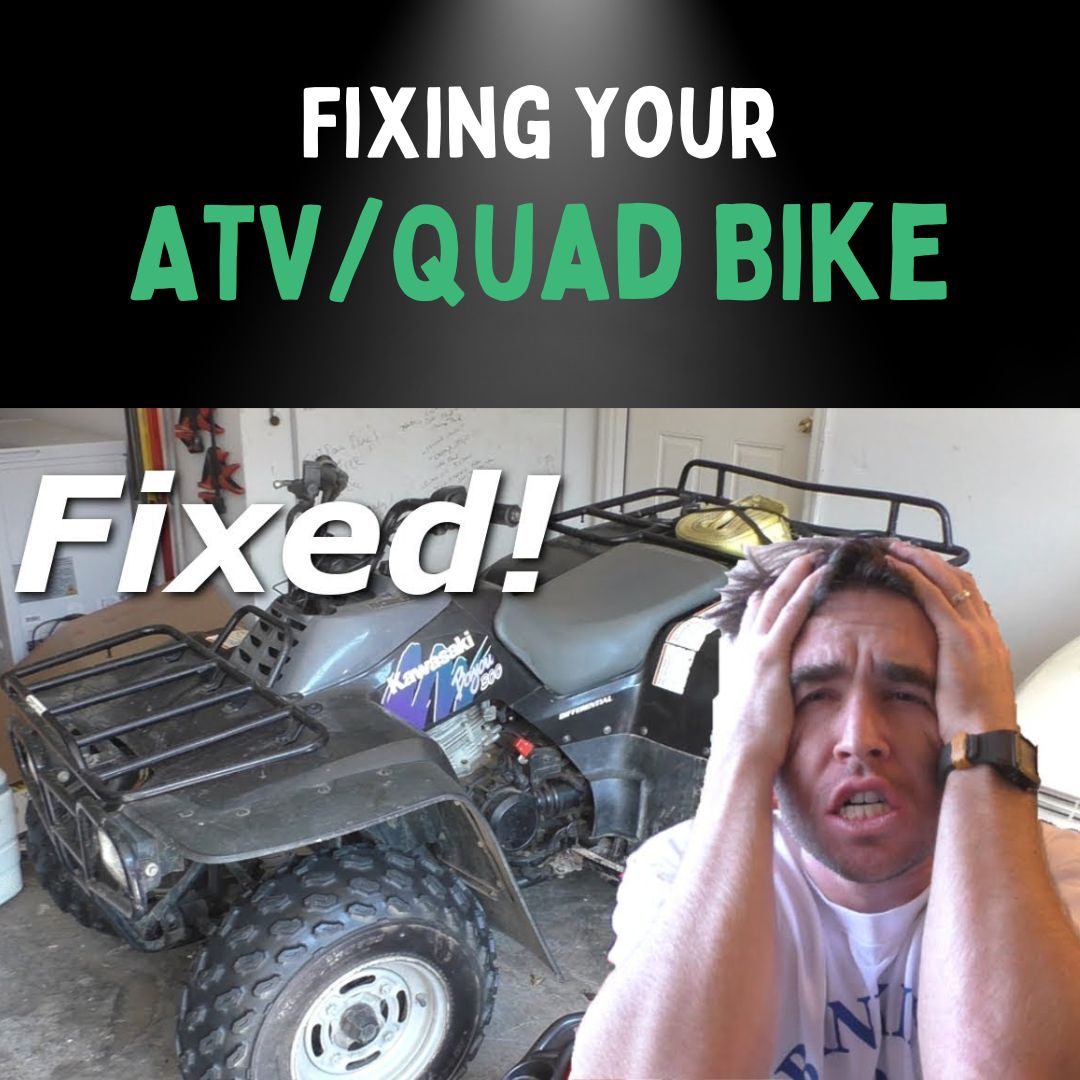
Published: [Date not specified]
Updated: March 26, 2025
Is your quad or ATV turning over but not starting? We’ve got solutions.
This 2025 guide walks you through troubleshooting steps to get back on the trails.
Safety First
Before starting, disconnect the battery, wear gloves and goggles, and work in a ventilated space—more safety tips.
Why Your Quad/ATV Won’t Start
Fuel Issues
- Check Delivery: Clogged fuel filter or faulty pump? Ensure fuel reaches the engine.
- Fuel Quality: Use fresh, non-ethanol fuel—old or contaminated fuel can clog the system.
Ignition Problems
- Spark Plug: Inspect for damage or fouling—replace if worn.
- Ignition Coil/CDI: Test these components; a faulty coil or CDI can prevent sparking.
Mechanical and Electrical Checks
- Engine: Seized engine or damaged piston rings can stop it from starting.
- Battery/Wiring: Ensure the battery is charged and connections are clean.
- Switches/Sensors: Check the kill switch, neutral safety switch, and throttle sensor.
- Exhaust: Clear any blockages like mud or debris.
- Choke: For carbureted quads, ensure the choke works—key in cold weather.
- Starter Motor/Relay: Listen for clicks; replace if faulty.
When to Call a Pro
If these steps don’t work—think complex electrical issues or engine damage—it’s time for a mechanic.
Prevent Future Issues
- Clean Regularly: Wash off mud after rides to avoid clogs.
- Seasonal Care: Use fuel stabiliser and disconnect the battery for storage.
- Inspect Often: Check for worn wires, spark plugs, and seals.
- Listen Up: Odd noises or behaviors can signal early problems.
Keep your quad/ATV running smoothly with these tips!
Conclusion
With this guide, you can troubleshoot your quad/ATV’s starting issues—from fuel to ignition—and get back to riding in 2025.
Regular maintenance is key to avoiding future headaches!
FAQs
What if my ATV starts but stalls?
Check the carburetor, air filter, or fuel mixture—clean or adjust as needed.
How often should I replace spark plugs?
Every season or 100 hours—sooner if performance drops.
Can weather affect starting?
Yes, cold thickens oil and weakens batteries; humidity can cause moisture issues—store properly.
Ready to Ride? 🚀
Loved “How To Fix A Quad/ATV That’s Turning Over But Not Starting?” Want more tips?
Visit RiiRoo.com or chat live with us for ride-on fun!






Share:
Repairing Common Quad Bike Mechanical Problems Yourself
How To Check If My Quad Is Charging The Battery Or Not